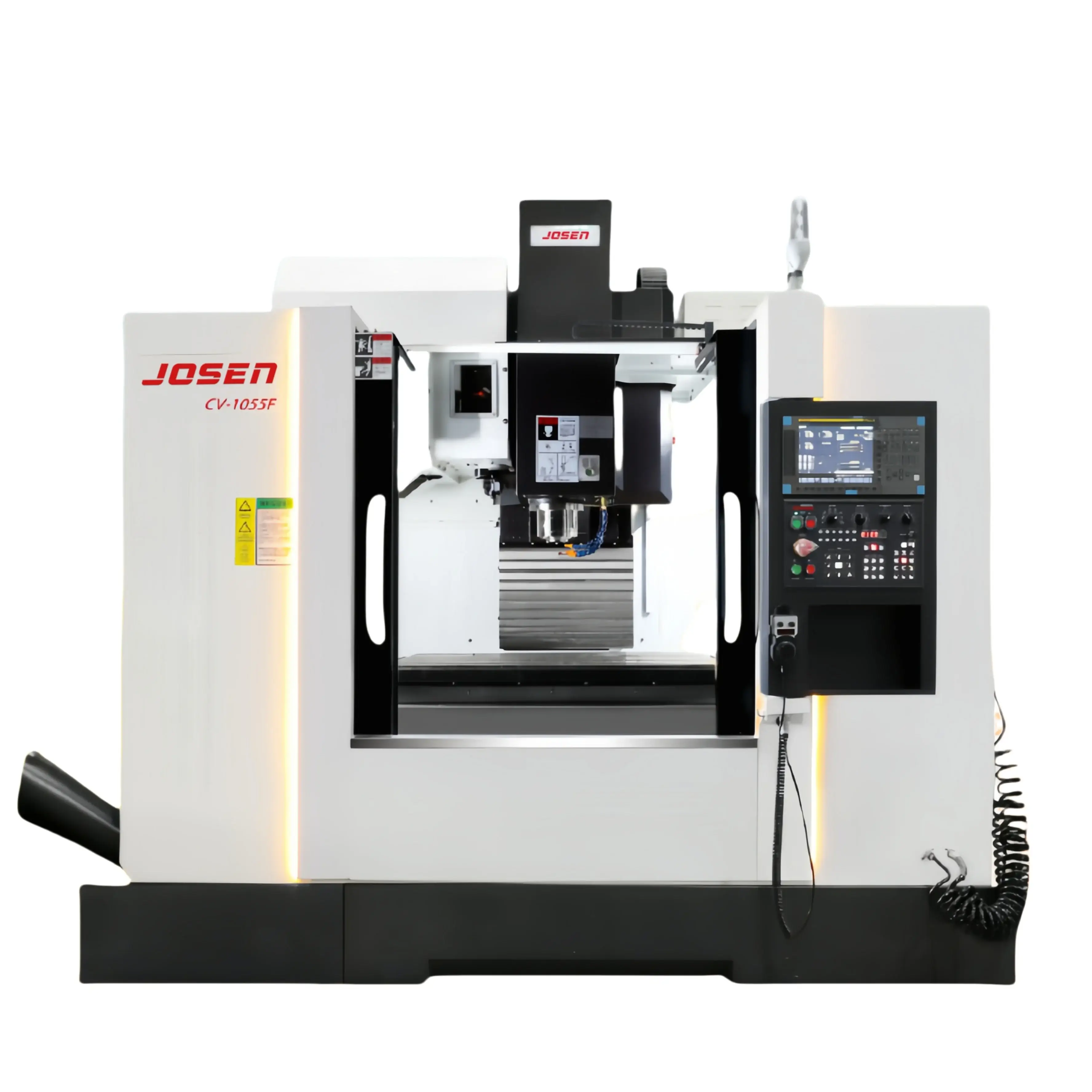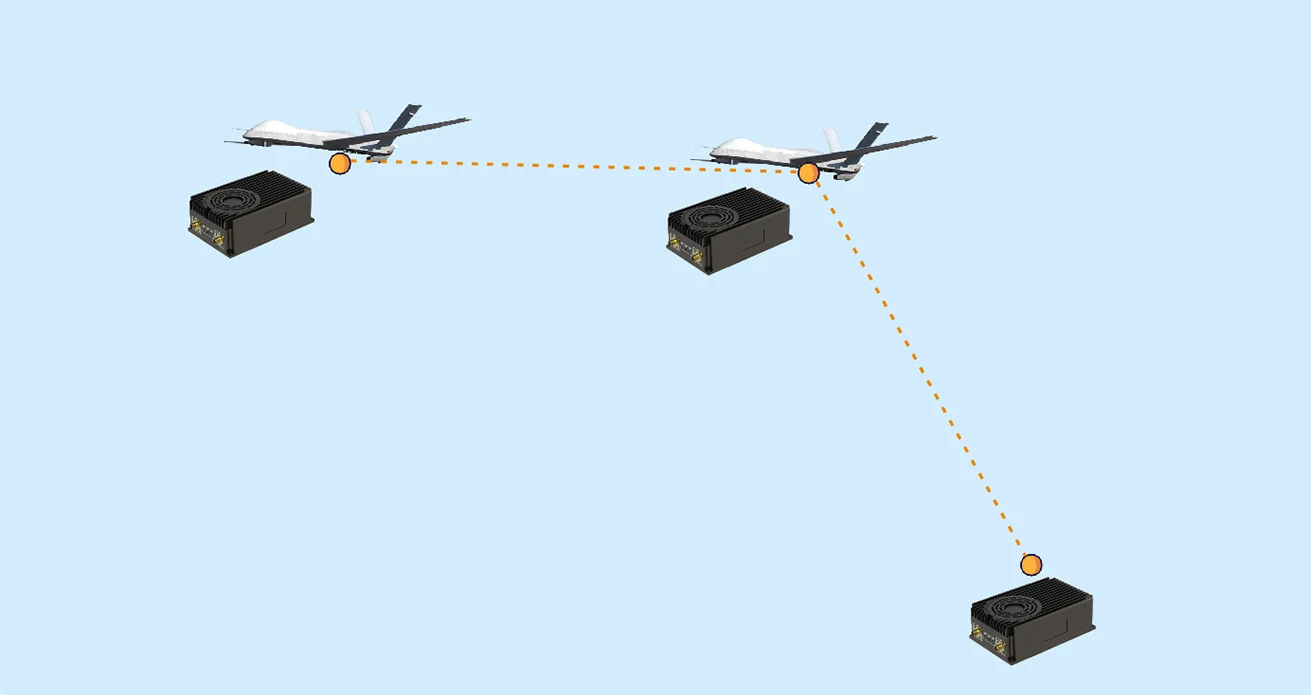ExpressLRS ELRS Receiver Overview
The elrs receiver machine has revolutionized the way we manage remote control systems. Originally developed for hobbyists and drone enthusiasts, this technology has expanded into various industries. Its reliability and precision have made it a go-to choice for professionals and amateurs alike.
With advancements in signal processing, these machines now offer improved range and performance. Users can easily connect multiple devices, enhancing their experience. The elrs receiver machine simplifies complex setups, making it accessible for everyone. This post will explore its features, benefits, and how it can elevate your projects. Get ready to dive into the world of elrs receivers and discover what makes them essential in today’s tech landscape.
Key Takeaways
-
Understand the basics of ELRS receivers, including their purpose and functionality, to make informed decisions when selecting one for your needs.
-
Pay attention to key features and specifications, such as range and latency, as these directly impact performance in different applications.
-
Explore the various types of ELRS receivers available, allowing you to choose the right model that fits your specific requirements.
-
Consider the antenna options and differences, as they play a crucial role in signal strength and overall receiver performance.
-
Follow the proper configuration and binding steps outlined in the article to ensure seamless setup and operation of your ELRS receiver.
-
Utilize troubleshooting tips for common issues to maintain optimal performance and enhance your experience with ELRS technology.
Understanding ELRS Receivers
Purpose
ELRS receivers play a crucial role in drone communication. They facilitate the transmission of control signals from the pilot to the drone. These receivers use the ExpressLRS radio protocol to ensure low latency and high reliability. This is vital for maintaining control during flight, especially in challenging environments.
The primary function of these receivers is to decode signals sent from the transmitter. They convert these signals into commands that the drone can understand. This allows for precise maneuvering and responsive flight behavior. Without a suitable receiver, drones would struggle to respond effectively to pilot inputs.
Telemetry Output Power
Telemetry output power significantly impacts the range and performance of ELRS receivers. Higher output power enhances signal strength, allowing for longer distances between the pilot and the drone. This is particularly important in competitive racing or long-range missions.
The ability to adjust telemetry output power is beneficial. It enables users to optimize their setup based on specific needs. For instance, a higher setting may be necessary for long-distance flights, while lower settings could suffice for short-range operations. This flexibility helps improve overall flight safety and efficiency.
Receiver Design
Receiver design is essential for accommodating various drone sizes and applications. Different drones require different types of receivers based on their weight and intended use. For example, racing drones often need lightweight receivers that offer high performance. In contrast, larger drones may benefit from more robust designs that can handle additional features.
Manufacturers create a range of options to suit diverse needs. Some receivers come with integrated features like GPS or additional telemetry capabilities. Others focus on minimal weight and size, perfect for racing or agile maneuvers.
Proper receiver selection ensures compatibility with the specific drone model and its intended purpose. A suitable receiver enhances overall performance and user experience. Users should consider factors such as size, weight, and functionality when choosing a receiver for their drone.
Key Features and Specifications
Weight Variations
The Lite receiver offers different weight options based on the antenna type. Users can choose between various antennas to suit their needs. The weight of the Lite receiver with a standard antenna is approximately 5 grams. If users opt for a larger antenna, the weight increases to around 10 grams. This flexibility allows users to select a receiver that meets their specific requirements without compromising on performance.
Compact Size
The compact size of the Lite receiver makes it ideal for small drones. Measuring just 30mm x 20mm x 10mm, it fits easily into tight spaces. Many drone enthusiasts appreciate this feature, as it helps maintain the drone's agility and speed. The lightweight design ensures that the drone remains easy to maneuver while still delivering high-quality performance. This compact receiver is perfect for those who prioritize space without sacrificing functionality.
Telemetry Capabilities
Telemetry capabilities vary between the Nano and Lite receivers. The Nano receiver supports advanced telemetry features, allowing for real-time data transmission during flight. Users can monitor battery voltage, signal strength, and other critical parameters directly from their devices.
In contrast, the Lite receiver has basic telemetry functions but still provides essential information. It tracks location and signal status effectively, making it suitable for casual users or beginners. Both receivers offer reliable performance but cater to different user needs.
Product Package
Each ELRS receiver package comes with essential components needed for installation. Users will find the receiver itself, mounting hardware, and a user manual in the box. The manual provides detailed instructions on setup and operation. This ensures that even new users can get started quickly.
Free Shipping Options
Many retailers offer free shipping on ELRS receivers within certain regions. This makes purchasing more accessible for customers looking to buy these products online. Users should check regional availability to ensure they qualify for free shipping.
Version Updates
Regular updates improve both the Nano and Lite receivers' performance. New firmware versions often enhance compatibility with various devices and kits. Staying updated helps users maximize their equipment's potential.
https://www.hakrc.com/receiving-machine
Shenzhen Haike Technology Co., Ltd.




